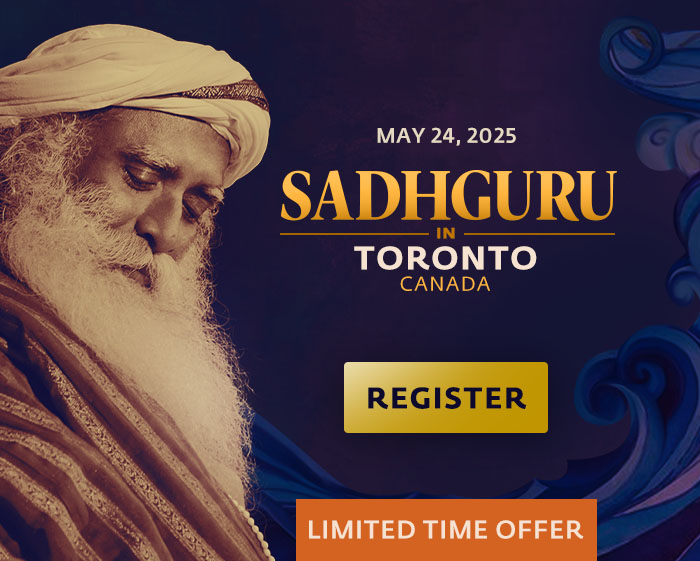In the Hindu tradition, it has long been recognized that divine power can be utilized for spiritual growth, or to drive a personal agenda, positive or negative. The three methods along this path are Mantra, Tantra, and Yantra. Mantra uses the power of the mind, Tantra uses the power of the body, and Yantra uses the power of the ego, or will power.
In Mantra practice, the mind and intelligence are active. In Tantra, the organs of action and perception are active. In Yantra, the ego is active. Each is a system of energizing or consecrating the object of focus. Each is only potent if done with devotion and intensity, and each invokes a particular spiritual energy manifestation. Because strong Karma is invoked by the use of these three methods, their more powerful renderings are kept secret, and only divulged to those highly qualified. Because of this, there is much mystery in the practices. Of course Mantra, Tantra, and Yantra are not exclusive and are invariably mixed during various ceremonies for greater impact. Let’s dive a little deeper into each.
A Mantra is a sacred set of syllables or sounds. Mantras are often chanted in a meter form, prose and poetic – the sound and pronunciation is just as important, if not more so than the words themselves. The efficacy can be improved by the spiritual maturity of the person uttering the mantra, as well as the location and circumstances. Hindus view Mantras as deities in sound form and just as a key unlocks a door, a properly utilized Mantra will yield the prescribed results. One mantra everyone knows is “Aum”.
Tantra on the other hand, is a systematic use of the body to achieve spiritual outcomes. Since the physical body and perceiving mind are obstacles to spiritual evolution due to their karmic attachments, in Tantra the very obstacles are used, in order to transcend them. Through the use of controlled regimen, impure bodily compulsions and desires are purified and used for spiritual advancement. Once again, one’s preparation and the necessary mental clarity of focus and intention are paramount. Different postures, breathing, and meditation techniques are used. For example, the Bhuta Shuddhi practice of purified the five elements within oneself is a Tantric ritual. As with all things in life, there are people who impose more extreme forms of Tantric practices, making it a more controversial, but remember that yoga asanas, fasting, meditation, are all examples of Tantric forms of expression.
Think of Yantras as temporary energy centers. Ritual practices are used to invoke energy in certain objects or symbols or sounds. Once invoked, Yantras can be used for personal evolution or to enact positively or negatively intentioned actions to another. As a result, there is a lot of superstition associated with Yantras. From how a person discombobulates around a temple, to the ceremonial rituals performed in that temple, to how the temple was originally designed and built – all of these are elements of Yantra. There are innumerable illustrations of Yantra at work in all religions (ritual practices).
Check out these links for more on each:
Mantra: https://celebrateyoga.org/list-mantras-peace-bliss/
Yantra: https://celebrateyoga.org/rituals-and-spirituality/
Tantra: https://celebrateyoga.org/tantra-yoga-demystified/
VIDEO LINKS:
47 Most Famous Motivational Quotes of All-Time
49 Greatest Love Quotes
37 Inspirational Quotes that Will Change Your Life
































